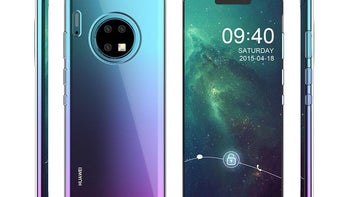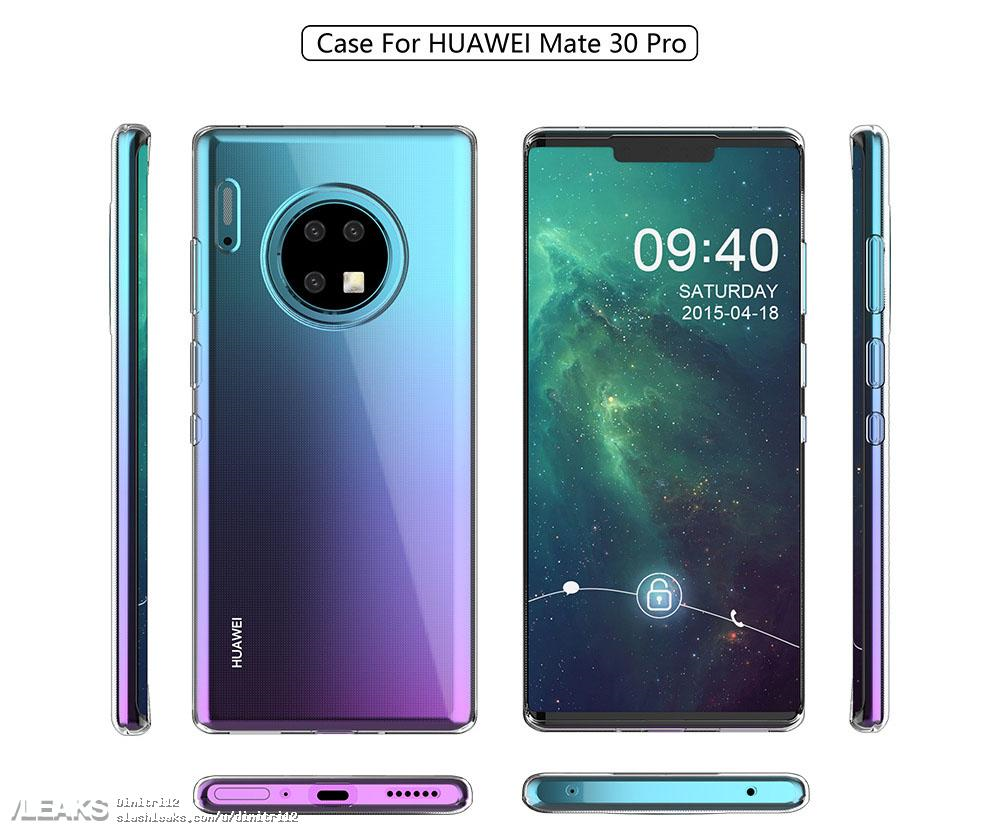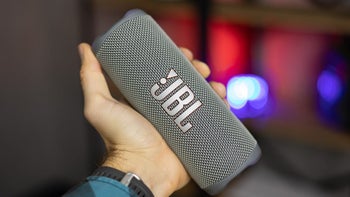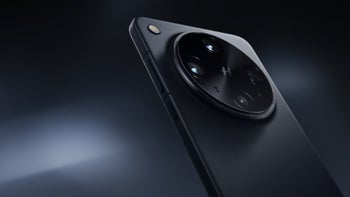Huawei Mate 30 Pro case render shows off a circular camera module on back

With Huawei rumored to release its first phone running the homegrown HongMeng operating system in the fourth quarter of this year, and the escalation of the U.S.-China trade war, it now seems pretty certain that the Huawei Mate 30 Pro will not be Android-powered. We have no idea what Huawei SVP and board member Catherine Chen meant when she said last month that HongMeng was being used for "industrial use" and was never meant for smartphones. In fact, the new operating system is expected to be introduced this coming Friday at Huawei's annual Developer Conference. The first product to be launched with the new OS will supposedly be a line of Honor smart television sets. HongMeng is expected to have lower latency than either Android or iOS and company founder and CEO Ren Zhengfei says that the processing delay is less than 5 milliseconds.
UPDATE: According to a tweet from @RODENT950, who is a Slashleaks contributor, the case renders that accompany this article are based on
Previously released photographs claiming to show the Mate 30 Pro's rear glass panel dovetailed with a previous concept render revealing a circular camera module for the Mate 30 Pro. However, late last month a report suggested that the handset would sport a square camera module similar to what we've seen from Huawei before. But today, tipster Slashleaks published a case render for the Mate 30 Pro, once again revealing a circular housing for the rear camera mounted in the upper center region on the back of the device. The front panel matches a photo of the Mate 30 Pro seen in a testing facility, sporting curved edges on both sides of the screen, thin bezels and a wide notch.
The Huawei Mate 30 Pro camera will reportedly sport two 40MP cameras
The Huawei Mate 30 Pro could be powered by the manufacturer's own Kirin 990 chipset, expected to be introduced in September. The 7nm chip, designed by Huawei's Hi Silicon unit and produced by TSMC, is expected to include several components to support 5G connectivity. Chip design firm ARM Holdings has cut ties with Huawei in the wake of the latter's U.S. supply chain ban (while based in the U.K., ARM uses some American technology), but there are some licenses in place that pre-date the May 16th placement of the phone manufacturer on the U.S. Commerce Department's Entity List. We could see the basic model equipped with 8GB of memory and 128GB of storage with other configurations offering more of both. Previous speculation called for a 4200mAh battery inside the unit.

Case render for the Huawei Mate 30 Pro
As for the rear cameras, a fresh leak reveals that the circular module will contain not one, but two 40MP sensors. The primary camera is said to be the same as the one found on the Huawei P30 Pro. That means we should expect a 40MP camera with a 1/1.55-inch sensor along with a 40MP camera using a 1/1.7-inch sensor. The latter camera might be used to capture Ultra wide-angle shots with a 120-degree field-of-view. The 8MP telephoto camera is likely to have a 5x optical zoom with 10x hybrid zoom capabilities. If the rumor mill has this pegged correctly, the Mate 30 Pro will also come with a Time of Flight (ToF) sensor. This technology measures the time it takes infrared beams to bounce off a subject and return to the phone. Since the speed of infrared light is known, the data can be used to create 3D maps used for secure facial recognition and to obtain better depth information. The latter can be used to improve the bokeh effect on portraits. And there is talk of a "Pro" video mode.
The Mate 30 Pro should also be equipped with an in-display fingerprint scanner, IP68 dust and water resistance, and reverse wireless charging capability. We could see the Mate 30 Pro unveiled in October alongside the smaller Mate 30 and a Mate 30 X gaming phone. We don't expect this model, or any phone with the Huawei name, to be easily available in the U.S. Interestingly, both the company and Google were said to be working on a Google Assistant-powered smart speaker that was going to be sold in the states. Google put the kibosh on that device when it cut all ties with Huawei due to the U.S. ban.













Things that are NOT allowed: